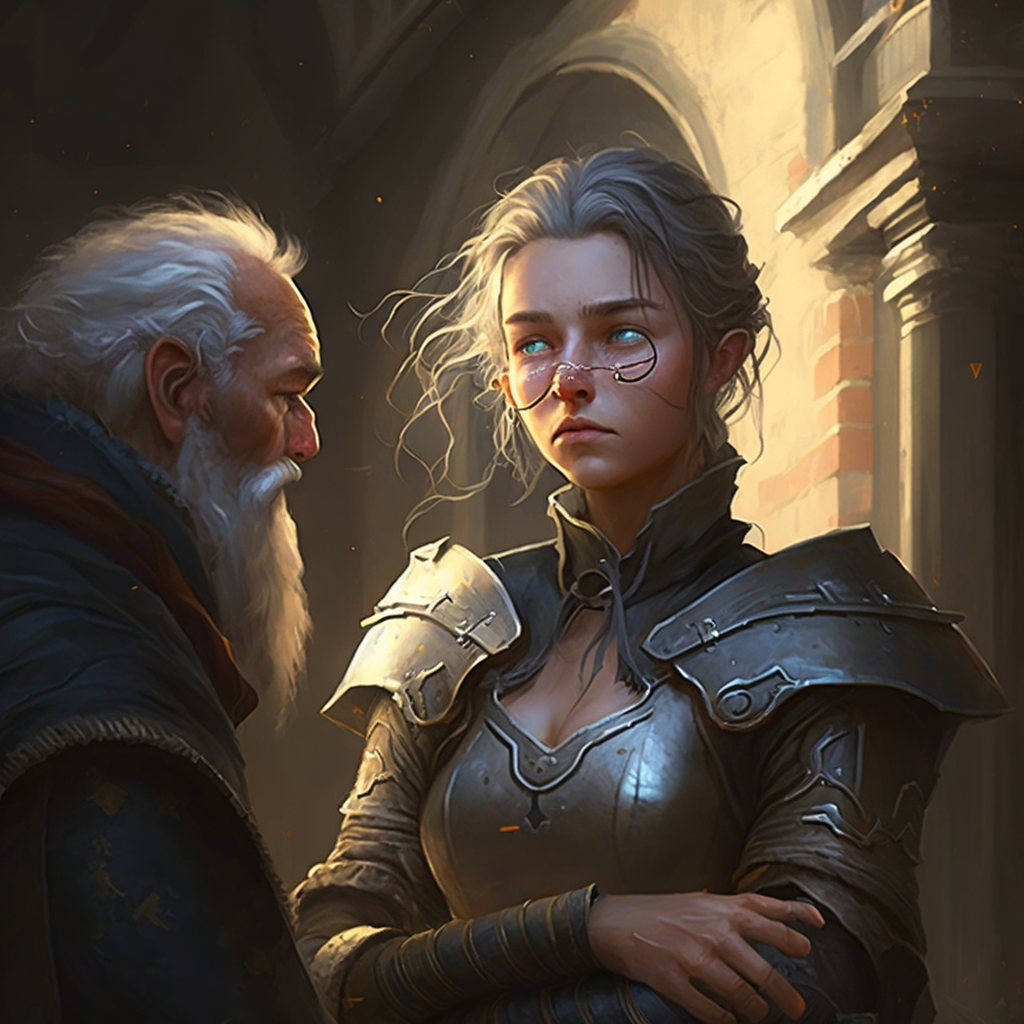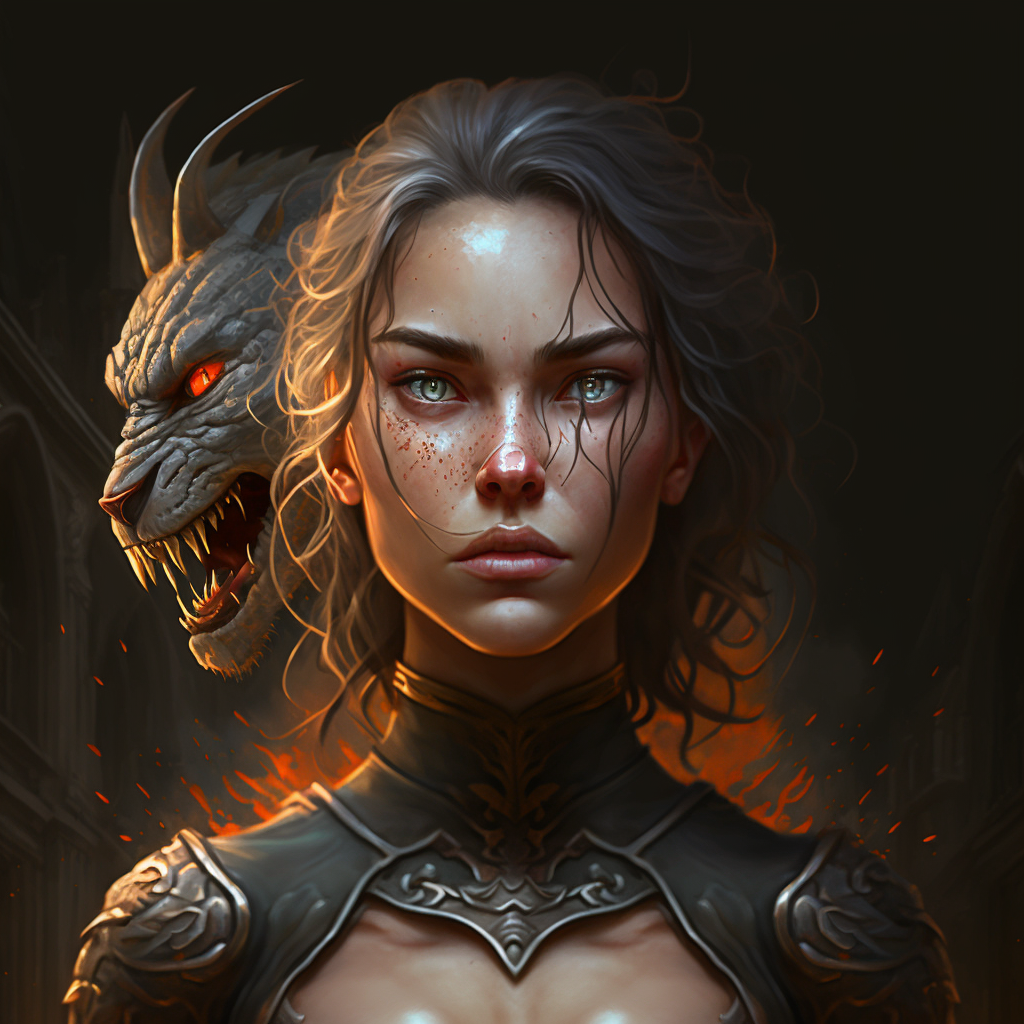Hero's Journey: The most influential storytelling technique
The Hero's Journey is a powerful and enduring narrative structure that has been used in storytelling for centuries. From ancient myths to modern blockbusters, the Hero's Journey has been a driving force behind some of the most beloved stories for people all over the world. This article will look into the fundamentals of the Hero's Journey and explore its significance in storytelling, character development, and different forms of media.
The Hero's Journey was first popularized by the American mythologist Joseph Campbell. Campbell identified the Hero's Journey structure in various myths and stories from different cultures and time periods. His book "The Hero with a Thousand Faces" revealed the universal patterns underlying all heroic stories. Campbell described the hero's journey as a threefold pattern of separation, initiation, and return. He believed this threefold pattern is a fundamental structure of the human psyche.
The Hero's Journey is a powerful tool for writers and storytellers, providing a framework for creating compelling characters and story dynamics. It is also a powerful tool for understanding the stories we encounter in our daily lives, from movies and books to the stories we tell ourselves internally. In this article, we will explore the different stages and elements of the Hero's Journey and how they can be adapted and applied to different forms of storytelling.
The Fundamentals of the Hero's Journey
The Hero's Journey is a narrative structure that consists of 17 stages, which can be grouped into three main parts: departure, initiation, and return.
The Departure:
1. Ordinary World: The hero's ordinary life before the adventure begins.
2. Call to Adventure: The hero receives a call to adventure, which can take many forms, from a prophecy to a personal crisis.
3. Refusal of the Call: The hero initially refuses the call but is eventually compelled to set out on the journey.
4. Meeting with the Mentor: The hero meets a mentor who provides guidance and training.
5. Crossing the First Threshold: The hero crosses the threshold and enters the story's special world.
The Initiation:
6. Tests: The hero faces tests, trials, and obstacles.
7. Allies: The hero meets allies and friends and finds help.
8. Enemies: A great hero is made by the process of facing great danger and even greater enemies.
9. Approach to the Innermost Cave: The hero approaches the central crisis of the story, often represented by a literal or metaphorical cave, the point where most usually give up.
10. Ordeal/Supreme Ordeal: The hero starts to overcome his ordeal and gain confidence, only to face an even greater ordeal.
11. Reward/Seizing the Sword: The hero faces the most difficult challenge of the journey, often a battle or a sacrifice, and in return gets a reward, an upgrade of sorts.
The Return:
12. Resurrection: The hero faces a final test, which can be a physical or emotional challenge, and due to the upgrade, the hero becomes victorious.
13. Transformation: The hero transforms due to the journey, has revelations about self-changes, and becomes a better version of herself.
14. The Road Back: The hero begins the journey back to the ordinary world to make a full circle.
15. Return Home with Elixir: The hero returns with the elixir, which can be an object, treasure, solution, or a new understanding that can benefit the ordinary world.
16. Master of Two Worlds: The hero has another revelation about the new conditions of the ordinary world and the world of adventures.
17. Freedom to Live: The hero has the last revelation herself and the freedom to choose what she wants.
Examples:
Star Wars: Luke Skywalker's journey from farm boy to Jedi Knight.
Harry Potter: Harry Potter's journey from orphan to a powerful wizard.
The Alchemist: Santiago’s journey from a shepherd boy to a mighty alchemist.
The Role of the Hero's Journey in Character Development
The Hero's Journey is not just a structure for storytelling but also a powerful tool for character development. By following the 17 stages of the Hero's Journey, the storyteller can create complex and relatable characters that undergo meaningful changes and growth.
The journey of the hero is often a journey of self-discovery and personal growth. The hero starts in the ordinary world, unaware of their true potential, and ends up with a new understanding of themselves and their place in the world. The challenges and obstacles the hero faces along the way shape their character and reveal their true nature.
The Hero's Journey also helps in creating a character arc, which is the change or growth that a character goes through in the story. When you follow the Hero's Journey structure, you, as a storyteller, can ensure that the character arc is satisfying, believable, and emotionally impactful.
For example, in the story of Harry Potter, Harry goes from a shy, neglected boy to a brave and powerful wizard who ultimately defeats the Dark Lord and saves the Wizarding World. This is a clear and satisfying character arc that is possible by the structure of the Hero's Journey. It goes without saying that you can mix, match or completely ignore these story structure elements. However, most successful stories have a relatable story structure.
Moreover, by using the Hero's Journey structure, the writer can create a compelling story that keeps the audience engaged and invested in the hero's journey. The Hero's Journey structure provides a clear and satisfying narrative arc, with a clear beginning, middle, and end. It also ensures that the story has a strong conflict and a satisfying resolution.
Adapting the Hero's Journey
The Hero's Journey is a flexible and adaptable narrative structure that can be used in a variety of genres and styles of storytelling. While it is most commonly associated with epic fantasy and adventure stories, it can also be used in other genres, such as romance, crime, and comedy. The key is understanding the Hero's Journey's core elements and adapting them to fit the specific story and genre.
One example of a story that has adapted the Hero's Journey in a unique way is the film "The Matrix." The protagonist, Neo, is called to adventure when he is contacted by a group of rebels who tell him that the world as he knows it is a computer simulation. He initially refuses the call but eventually accepts it and goes on a journey to discover the truth and defeat the machines that control the simulation. The film uses the core elements of the Hero's Journey, such as the call to adventure, meeting the mentor, tapping into limitless self-power through self-discovery, but these elements are adapted to fit the science fiction setting.
Conclusion
The Hero's Journey’s narrative structure has been used for thousands of years in myths, legends, and stories worldwide. This structure, popularized by Joseph Campbell, consists of 17 stages that map out a hero's journey from their ordinary world to an extraordinary one and back again. Understanding the Hero's Journey can be invaluable for writers and storytellers looking to create compelling stories and relatable and memorable characters.
The Hero's Journey can be a powerful tool, whether you’re writing a story, a speech, YouTube videos, or a work presentation that resonates with your audience. Understanding these core elements of the Hero's Journey and, more importantly, practicing them will keep your listeners and viewers engaged. Whether you're writing a fantasy epic, a romantic comedy, or a coming-of-age story, understanding the Hero's Journey can help you create both satisfying, memorable, and engaging stories. I encourage you to consider the different aspects of the Hero's Journey and how to adapt it to their own creative work.
Thanks for reading!
Please, subscribe with your email for more articles and news, and find me on social media @haykzar.
Hayk

















